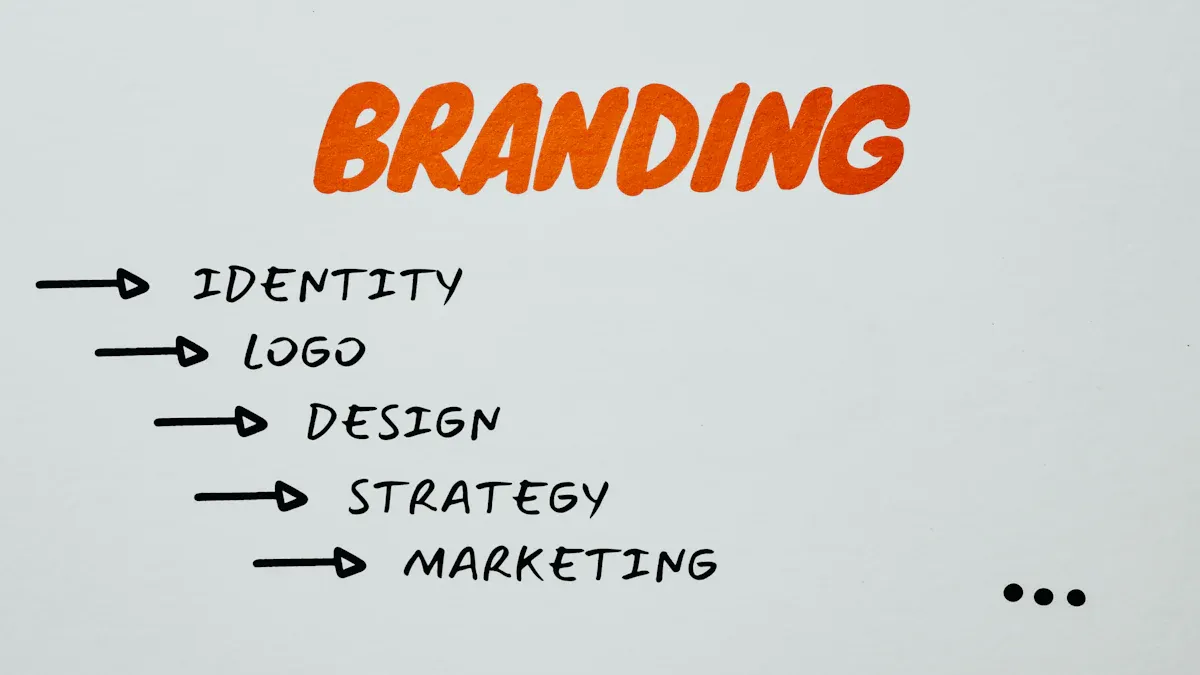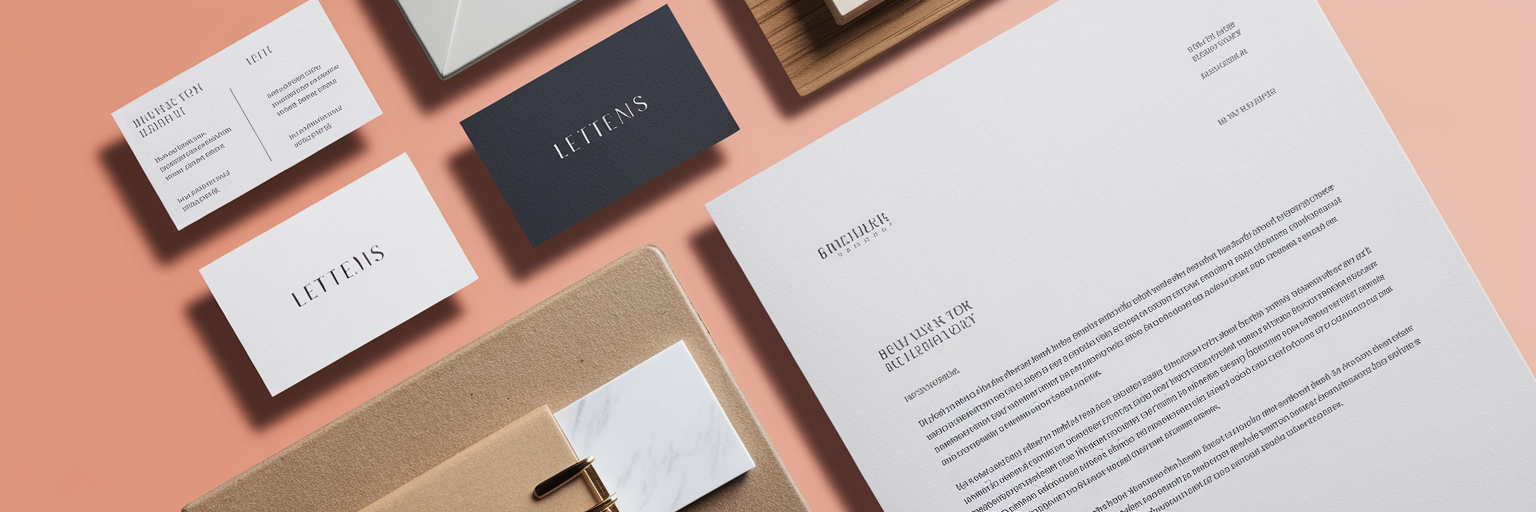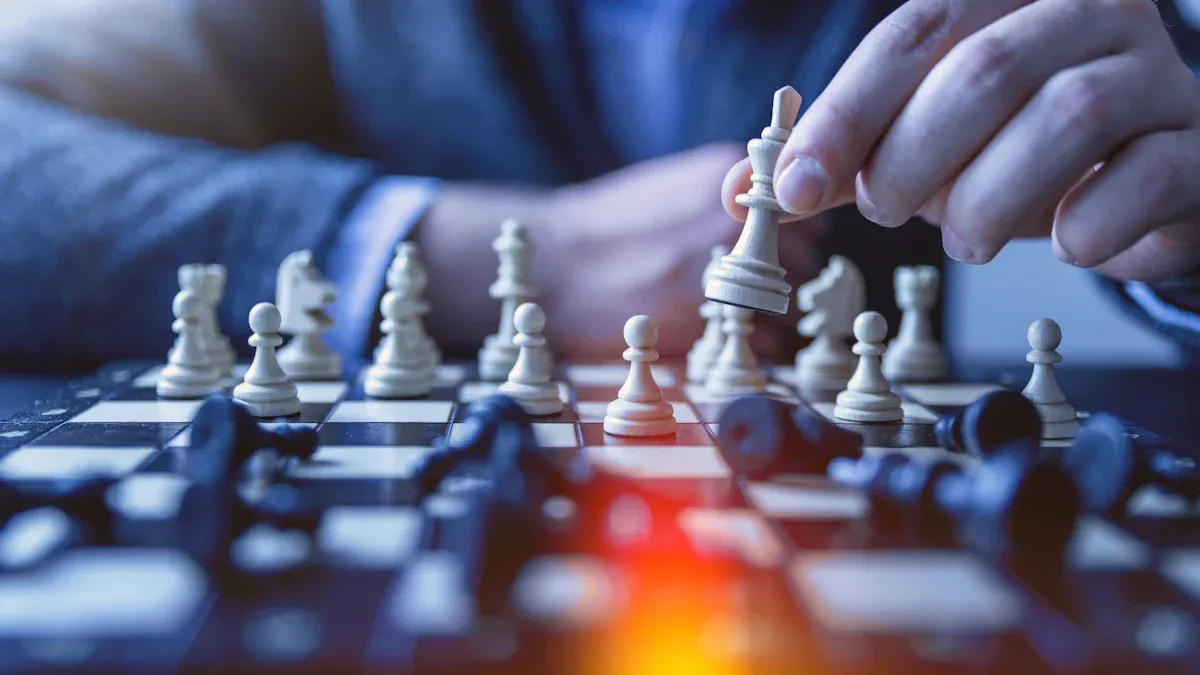
The Science of Designing a Brand That Stands Out
Table Of Contents
It takes a mere 50 milliseconds for someone to form an opinion about your website, and by extension, your brand. In that blink of an eye, a crucial judgment is made, one that can define the entire trajectory of a potential customer relationship. Understanding the science behind these instant perceptions is paramount for any business aiming to create a brand that not only captures attention but also builds a meaningful connection from the very first encounter.
The Crucial Role of Initial Brand Encounters
That initial 50-millisecond judgment we mentioned? It’s not just a fleeting thought. It’s the bedrock upon which all future interactions with your brand will be built. This rapid assessment, often called ‘thin-slicing’ by psychologists, is where individuals make surprisingly quick and intuitive evaluations based on very limited information. Think about how quickly you size up a new website or a product package. That’s your brain efficiently processing cues to form an immediate opinion.
Why is this split-second brand first impression so pivotal? Because it acts as an anchor. Once that initial perception is set, whether positive or negative, it strongly influences how all subsequent information about your brand is interpreted. This is where ‘confirmation bias’ often comes into play. If the first encounter was underwhelming, people subconsciously look for reasons to confirm that initial doubt. Conversely, a strong, positive start makes them more receptive to your message and more forgiving of minor missteps later on.
In a marketplace teeming with choices, where attention is the scarcest commodity, you don’t get many second chances to make that first connection count. A vague or poorly considered initial presentation can mean your ideal customer scrolls right past, perhaps never to return. Therefore, a deliberately designed brand first impression isn’t just a nice-to-have. It’s a fundamental strategic priority, the very gateway to meaningful customer engagement and sustainable growth.
Psychological Anchors of Brand Attraction
Now that we see how vital that first contact is, what psychological levers actually pull us towards a brand? Understanding the psychology in branding uncovers key mechanisms that foster immediate attraction.
The Halo Effect: How One Sparkle Lights Up the Whole Brand
A stunning website design might lead users to assume your product is equally polished. This is the halo effect: one strong positive trait, like exceptional visual appeal, makes people attribute other positive qualities to your entire brand. For entrepreneurs, acing one aspect of your presentation can create this favorable glow.
Emotional Connection Over Pure Logic: Winning Hearts First
Initial brand judgments are often heart-led, not head-led. As usability experts like Nielsen Norman Group note, emotional responses frequently precede rational analysis. Does your brand spark joy, build trust, or offer reassurance? An early emotional connection can be far more compelling than a list of features alone.
Cognitive Fluency: The Power of Simplicity and Clarity
Our brains prefer simplicity. Brands that are easy to grasp mentally, exhibiting high cognitive fluency, feel more trustworthy. If your message is clear and your value proposition is obvious, you reduce mental effort for your audience. This ease of understanding often translates directly into a more positive perception.
Archetypes for Instant Recognition: Tapping into Universal Stories
We instantly recognize familiar character types. Aligning your brand with a common archetype—like the Hero or the Sage—taps into these shared understandings. This allows for quicker connection as audiences intuitively grasp ‘who’ your brand is, making it feel familiar and relatable almost immediately.
Leveraging these psychological anchors isn’t about manipulation; it’s about understanding human nature to build genuine, immediate connections. This is how a brand begins to feel right, right from the start.
Core Visual Elements for an Unforgettable Debut
Knowing these psychological triggers is one part; applying them visually is the next. This is where your brand’s core visual elements create a standout brand design from the first interaction.
The Silent Language of Color: Setting the Mood Instantly
Colors speak directly to our emotions. Your brand’s palette isn’t just aesthetic; it sets an immediate tone. Blues can evoke trust, while yellows suggest optimism. Choosing colors that align with your desired brand message and resonate with your audience is a foundational step in shaping that crucial first perception.
Typography That Speaks Volumes: Choosing Fonts with Personality
Fonts have character. A classic serif might convey tradition, while a sleek sans-serif feels modern. Your typography choices subtly communicate your brand’s personality and affect how easily your message is received. Ensure your fonts echo your brand’s voice, contributing to a cohesive and memorable brand identity.
Imagery as a Narrative Shortcut: Telling Your Story Visually
In our visual world, images quickly convey complex ideas. High-quality, relevant visuals offer a shortcut to your brand’s story and values. Authentic photography or unique illustrations can make your brand instantly more relatable than generic stock photos, creating a faster connection with your audience.
Your Logo: The Visual Cornerstone of Identity
Your logo is the most condensed visual summary of your brand. It’s the symbol that will represent you everywhere. An effective logo is typically simple, relevant, memorable, and versatile across all applications. Think of it as the distinct visual signature that introduces your brand to the world.
These elements must harmonize. Crafting this cohesive visual system is key to designing a brand identity that captivates. The table below offers a quick guide:
| Visual Element | Key Considerations for Impact | Example Brand Persona Conveyed |
|---|---|---|
| Color Palette | Emotional resonance, cultural associations, target audience appeal, competitor differentiation. | Earthy tones (Browns, Greens): Organic, Natural, Trustworthy. Bright primaries (Red, Yellow, Blue): Energetic, Playful, Bold. |
| Typography | Readability, scalability, personality (e.g., traditional, modern, elegant), consistency with brand voice. | Serif fonts (e.g., Times New Roman): Traditional, Reliable, Formal. Sans-serif fonts (e.g., Helvetica): Modern, Clean, Approachable. |
| Imagery Style | Authenticity, relevance to message, emotional connection, quality, uniqueness (custom vs. stock). | Authentic lifestyle photography: Relatable, Human-centered, Aspirational. Custom illustrations: Unique, Creative, Brand-specific. |
| Logo Design | Simplicity, memorability, scalability, relevance to brand essence, timelessness. | Minimalist abstract mark: Innovative, Forward-thinking, Sophisticated. Friendly mascot: Approachable, Fun, Community-oriented. |
When thoughtfully chosen and consistently applied, these visual components form the bedrock of a compelling and lasting first impression.
Building a Cohesive Narrative for Lasting Recognition
A stunning visual debut is a fantastic start, but how do you ensure that initial spark turns into a lasting flame? The key lies in building a cohesive narrative that reinforces your memorable brand identity at every turn.
The Power of Consistency: Reinforcing Your Brand at Every Touchpoint
A brand that looks and sounds different on its website versus its social media can be jarring. Consistency across all touchpoints—visuals, tone, message—builds trust and recognition. This unified presence reinforces your initial impression, making your brand feel reliable and familiar, which is key for a memorable brand identity.
Your Brand Story Snippet: Crafting an Engaging Introduction
Beyond what you sell, why do you do it? Sharing a concise, compelling piece of your brand’s mission or origin story can forge an immediate human connection. This isn’t a full history, but an evocative snapshot that makes your brand relatable and gives depth to that first encounter.
Defining Your Unique Voice: How Your Brand Communicates
The way your brand ‘speaks’ through its written content significantly shapes its personality. Is your tone witty, empathetic, or authoritative? Establishing a unique brand voice that is authentic and resonates with your audience makes your communications instantly recognizable and helps build a stronger connection.
The Synergy of Design and Message: Ensuring Visuals and Words Align
Your visuals and your words must sing the same song. If your design is modern and bold, your language should match that energy. This synergy between design and message creates a cohesive and powerful brand experience, ensuring every element reinforces your core identity and purpose clearly.
Developing this cohesive narrative starts with understanding your brand’s core. Tools like The Brand Brief help lay this foundation. A consistent, authentic story transforms a first look into lasting recognition.
Evaluating and Honing Your Brand’s Initial Appeal
So you’ve crafted your visuals and narrative. But is it hitting the mark? Actively evaluating and refining your brand’s appeal is crucial for consistently designing for impact.
Gathering Honest Feedback: How to See Your Brand Through Fresh Eyes
It’s easy to be too close to your own brand. To get a true sense of its initial impact, seek candid feedback. Consider these methods:
- Targeted polling: Ask your ideal audience for their immediate gut reactions to your branding.
- Quick surveys: Use simple online tools for first impressions of visuals and message clarity.
- Small group reviews: Present mockups to diverse groups for unfiltered qualitative insights.
Learning from the Landscape: Competitor Analysis for Differentiation
Look at what your competitors are doing, not to imitate, but to differentiate. How do they present themselves visually and verbally? Understanding their approach can highlight opportunities for your brand to carve out a unique position and avoid simply blending into the existing noise.
The Five-Second Test: Gauging Immediate Clarity and Impact
Can someone grasp your brand’s essence in a blink? The five-second test reveals this. Show your homepage or a key visual for five seconds, then ask what they recall. What’s the main takeaway? What feeling did it create? This quick check assesses if your core message lands instantly.
The Journey of Refinement: Iterating for Ongoing Relevance
A powerful first impression isn’t static. Markets shift and audiences evolve. Embrace refinement as an ongoing process. Iterating your brand based on feedback and performance, a core idea in design thinking for business, ensures it stays relevant and impactful over time.
This cycle of listening, learning, and adapting is what keeps a brand strong. Continuous evaluation is not just good practice; it’s vital for ensuring your brand’s initial appeal endures and drives success.










